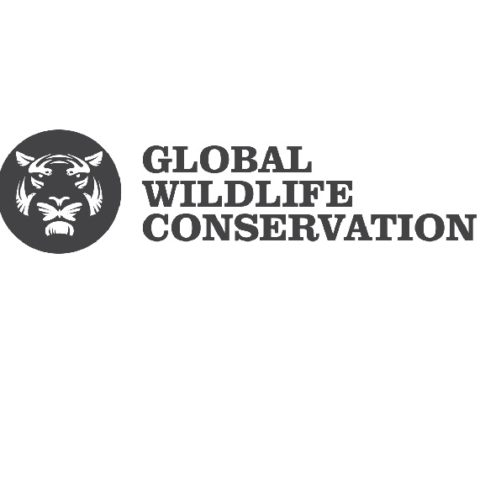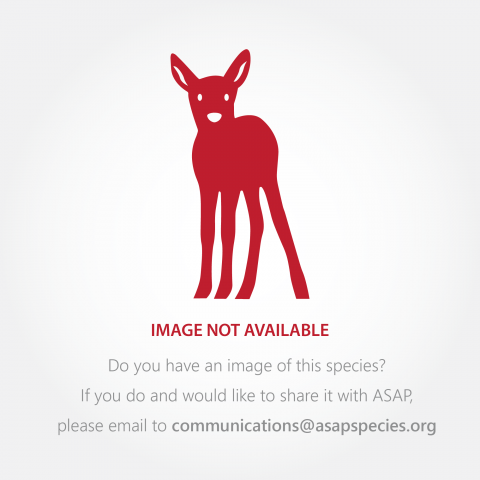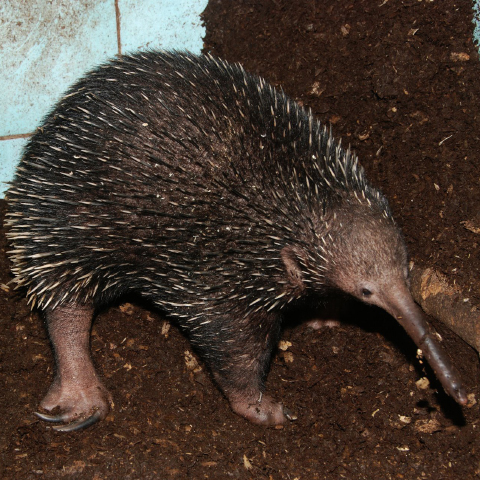Conservation Actions
The Tamaraw is listed on CITES (the Convention on International Trade in Endangered Species of Wild Fauna and Flora) Appendix I. Tamaraw receive total protection under Philippine law. The largest of the three known subpopulations occurs in Mount Iglit-Baco National Park. A small number of Tamaraw are held in captivity in the Philippines, but the captive breeding program has had no success. Of the 21 individuals captured around 1982, there were nine individuals remaining in 1997. As of 2015 only one animal, born in captivity, was still alive and held in a half hectare enclosure. To date there are no further plans for captive breeding and the subject remains controversial. The original captive breeding programme consisted of placing the animals in a semi-natural "gene pool" on Mindoro, but these animals were not intensively managed, nor were the husbandry techniques focused on building a large captive population.Few initiatives have been undertaken recently to address the critical situation of the species: the proclamation of the Aruyan-Malati area as “Critical Habitat” is underway and shall lead to better protection under a legal framework. Moreover, a general Protected Area Management Plan for Mount Iglit-Baco National Park shall be implemented in the near future and lead to the creation of a proper zoning system and consistent habitat management approach with the residing indigenous communities. A strictly protected zone has been already outlined within the core zone of the monitoring with no hunting activity measures.
Required research for this species includes to continue the island wide population survey to update the actual range of the species and determine if there are any additional extant populations. There is also a need for improved habitat conservation through effective management, which passes through better integration of the indigenous mangyan communities living within the range of the Tamaraw into habitat management plans. This must start by furthering ethno-ecological studies to better understand these communities, their claim, subsistence needs, their pattern of land-use (including the slash and burn agriculture) and vision upon the environment. Priority shall be first given to the remaining existing populations by securing and expending their range. In addition, the feasibility and need for a new captive breeding programme should be assessed.
Location Information
The Tamaraw is endemic to the Philippine island of Mindoro (9,735 km² in area), where it was formerly widespread across the island (S. Hedges and W. Duckworth pers. comms. 2000, Heaney et al. 2002). However, the current range is estimated to cover less than 10,000 hectares (Schütz 2015) and limited to the mountainous interior of the Island: Mount Iglit-Baco National Park (the largest protected area of Mindoro located in the centre of the Island), the Aruyan-Malati Tamaraw Reservation (Municipality of Sablayan), and Mount Calavite Wildlife Sanctuary in the north of the Island represent the three known surviving subpopulations and are all located on the Occidental part of Mindoro (Custodio et al. 1996, de Leon et al. 1996). Few other isolated groups are suspected to exist outside these subpopulations (Schütz 2015). The species was more widespread prehistorically in the Philippines, with Pleistocene epoch records from Luzon (Beyer 1957 in Kuehn 1986).Geographic Range
Extant
Philippines
Population Information
In 2016, three separate subpopulations are known to survive on Mindoro. Population estimates undertaken have increased in frequency and have benefited from improved techniques and equipment over time. Based on most recent surveys and animal counts the minimum total population is estimated at around 430 individuals with 50 to 70% of these mature individuals (Boyles 2016). The subpopulation of Mount Iglit-Baco National Park, as of April 2016 was estimated to number approximately 413 individuals according to the last Tamaraw population count operation. The estimated number of individuals has increased subsequently since the start of the counting operation in 2000, but it is highly probable that the observed increase is both a reflection of improved estimates as well as immigration from animals coming from outside the counting area, rather than population growth (Schütz 2015). Nowadays this subpopulation is confined to the so called "core zone of the monitoring" at the south-west edge of the protected area, where the annual counting takes place and where regular ranger patrols ensure relative protection against poaching and disturbance. Even so, the area of occupancy of the species within the zone has been drastically decreasing since two decades from 5,000 hectares to only 2,000 hectares (Schütz 2015).The subpopulation on Mount Calavite (the most northerly site) in 2004 had an estimated 15 individuals based on faecal matter and animal tracks; there has been only one confirmed sighting. The current population is assumed to be much lower with no sightings in several years (pers. comm. 2014). The subpopulation of Aruyan-Malati had an estimated population of 15 to 20 individuals in the 2000s (TCP results of the 2007 field survey has assessed around 16 animals). According to recent surveys and interviews of local communities, a maximum of 12 animals might still survive within a restricted area of less than 1,000 hectares (Schütz 2015). Also local communities living in remote areas of the centre of the island report the presence of the species in at least three other sites, in Mount Halcon range, the upper Amnay river (Eagle Pass area) and the east side of Mount Wood, but this information must be confirmed.
An estimated continuing decline of 25% over the next three generations (approximately 30 years) does not seem unreasonable given that the number of subpopulations reportedly declined from five or six to three between 1990 and now, with the population of Mt Calavite and Aruyan-Malati which can be considered in a critical situation.
Threats
In the 20th century, the main threat to the Tamaraw was habitat loss due to farming by resettled and local people, with high human population growth rates in and around its remaining habitat. In some areas, fires set for agriculture are a threat to the species' habitat. Cattle ranching and farming activities pose a number of threats, including the risk of diseases spreading to the Tamaraw from livestock and burning of pastures leading to a reduced number of palatable grass species. Historically, Tamaraw were hunted for both subsistence and sport, which led to a period of drastic decline in numbers of individuals and populations (Rabor 1977). Hunting was carefully regulated prior to World War II, but since then a growing human population, logging operations, ranching, and widespread availability of firearms on Mindoro have caused a dramatic decline in numbers (Talbot and Talbot 1966). Since the 1980s, sport hunting has reduced due to a decline in the Tamaraw population, closure of nearby ranches, and more intensive patrolling and awareness activities since the establishment of the protected area. International trade in this species or its derivatives has not been reported. Although protected by law, the illegal capture and killing of this species continues.Nowadays the main threat to the species stands in the lack of options for the remaining tamaraw populations to disperse and increase their range due to human pressure and shortage of undisturbed natural corridors (Schütz 2015). Poaching and illegal activities from lowlander Mindorenos pose a serious problem for wildlife. Besides this, traditional hunting activities from local indigenous communities in Tamaraw areas are a serious source of disturbance and possible cause of injury to tamaraw even if the species is not targeted (pit fall trap, snare trap). Moreover, land-use pressure from local indigenous communities is generally increasing in Mindoro due to population growth and incapability of those people to expand in lowland areas that are now occupied by new settlers.
Partners
IUCN Red List Account Link
Please click here to see the species' IUCN Red List Account page.Photo Credits
Emmanuel Schutz (category and featured image)








